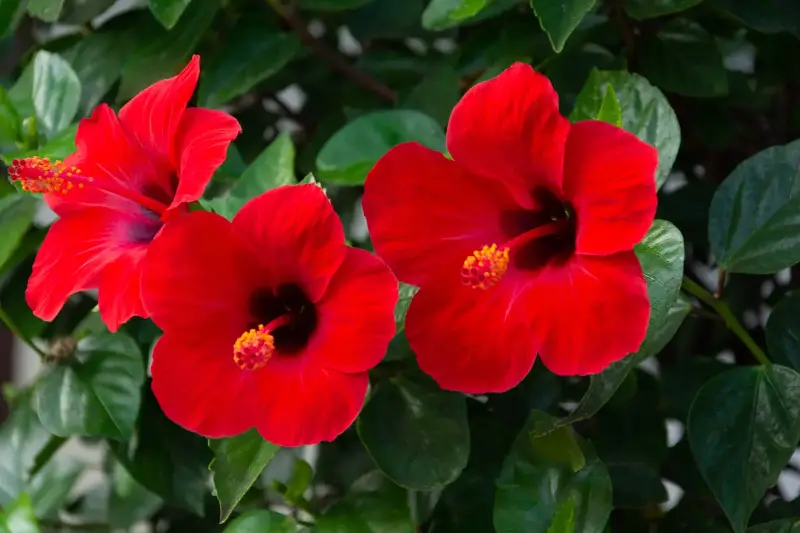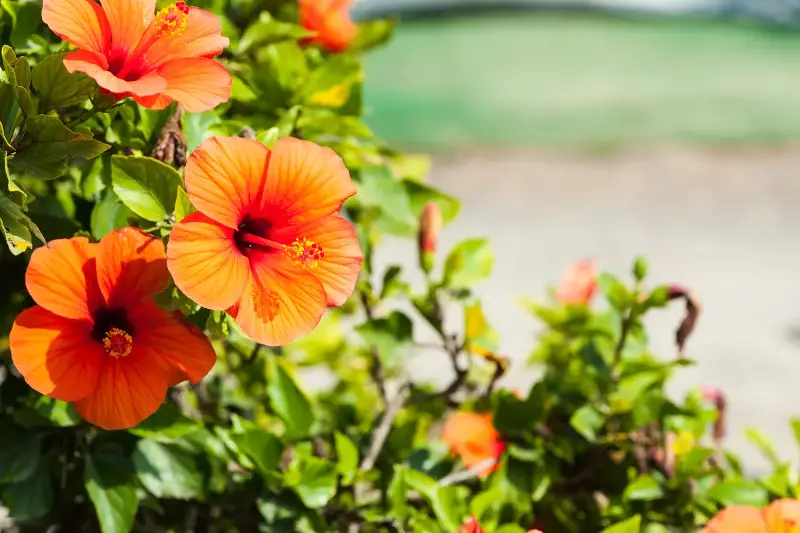Few flowers radiate as much energy and meaning as the hibiscus. Known for its striking, velvety petals and vibrant hues—crimson reds, sunset oranges, delicate pinks—this bloom is so much more than just a visual treat. Across continents and centuries, the hibiscus has sown its roots as a love charm, a healing tonic, and, ultimately, a symbol of resilience that countless cultures continue to cherish.

Petals That Speak the Language of Love
What’s in a flower? If you ask poets or lovestruck souls from Asia to the Caribbean, the hibiscus is a secret messenger for the heart. In Malaysia and Indonesia, a fresh hibiscus behind the ear proclaims your romantic availability—a blossom as bold as Cupid’s arrow.
Hibiscus legend takes on magical tones as well:
- In Hawaii, it’s said that wearing a hibiscus over the left ear signals that you’re spoken for; over the right, you’re single and ready to mingle.
- In ancient Ayurveda and traditional Chinese culture, hibiscus elixirs were crafted as tonics for passion and attraction, believed to stoke the inner fire.
There’s something magnetic about its wide-open petals, as if offering a loving embrace to whoever gazes upon it.
A Healing Brew for Body and Soul
Beyond matters of the heart, hibiscus has built a formidable reputation as nature’s pharmacy. The dazzling calyces of the Hibiscus sabdariffa species—often called “roselle”—are dried and steeped to produce a tangy, ruby-red tea enjoyed around the world.
This isn’t just any herbal brew. Modern science has confirmed what indigenous healers have known for centuries: hibiscus tea is packed with antioxidants, vitamin C, and minerals, with studies linking it to:
- Lowered blood pressure and improved heart health
- Help in reducing cholesterol levels
- Support for liver function and digestion
Across West Africa, “zobo” or “bissap” is a festive drink laced with spices and ginger, its deep colour mirroring its restorative benefits. In Egypt and Sudan, “karkade” is sipped both as thirst-quencher and medicine. The rich tapestry of hibiscus in wellness rituals proves its status as both a healing comfort and a cultural touchstone.

Blossoming Against the Odds: A Symbol of Resilience
Hibiscus is more than a feast for the eyes or a tonic for the body—it’s a metaphor for strength through adversity.
Consider this: the hibiscus plant thrives in hot, challenging climates, blooming brightly even after a downpour or drought. That tenacity is why it adorns flags and coins in places like Malaysia, Haiti, and South Korea, representing the indomitable spirit of people who overcome hardships with grace. In South Korea, the “mugunghwa” (hibiscus syriacus) is even called the “Immortal Flower”, a living emblem of perseverance.
Each blossom tells a story of renewal—reminding us that beauty flourishes in unlikely places, and vulnerability does not preclude strength.
Wherever you encounter the hibiscus—steaming in a mug, tucked behind an ear, or painted on a city mural—its petals whisper tales of affection, wellness, and resilience. Perhaps the next time you pass a hibiscus bush ablaze with blooms, you’ll wonder: In what ways might these petals of power be quietly shaping the culture, health, and love stories around you?
